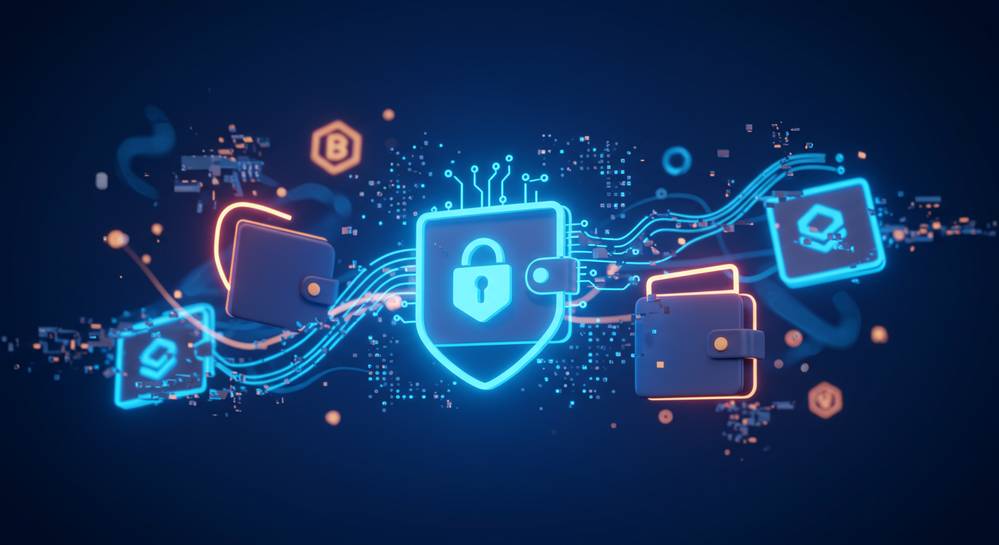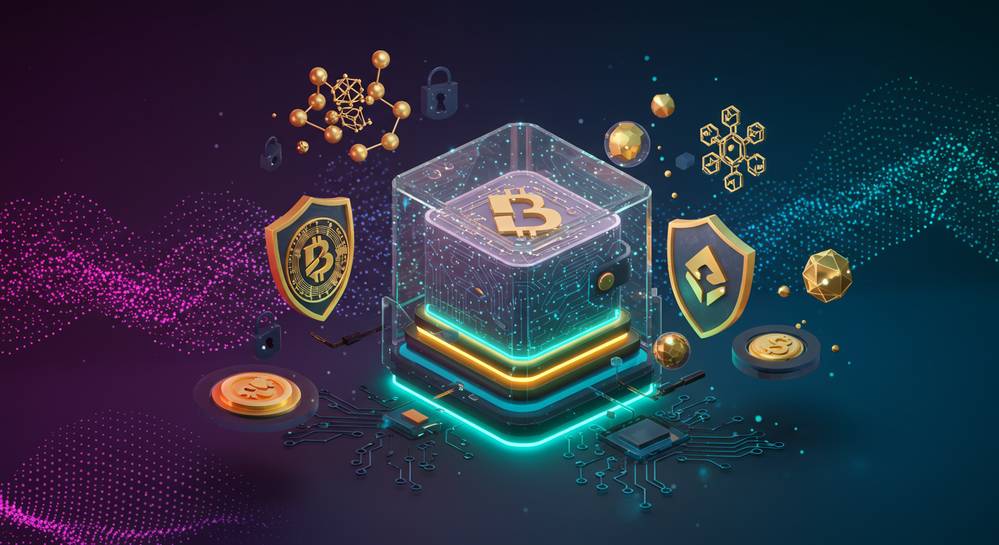How to choose a secure crypto wallet for beginners isn’t just about going for the most popular option or picking what your friend suggests. It’s about making a choice that aligns with your needs and provides robust protection for your digital investments. From figuring out whether cold storage beats hot wallets to understanding the ins and outs of multi-factor authentication, you need a foolproof guide that shines a light on what matters most. As someone who’s navigated these digital waters and emerged with must-know insights, I’ll walk you through the essentials of securing your coins with confidence. Get ready to become savvy in the art of cryptocurrency safeguarding!
Understanding the Types of Cryptocurrency Wallets
Comparing Hardware Wallets and Software Wallets
When you start with crypto, picking a wallet can be tricky. Think of it like choosing a safe for your gold. You want it secure but also easy to open when you need it. We have two main types: hardware wallets and software wallets.
Hardware wallets are physical devices. They keep your crypto offline most of the time. This is called cold storage. The benefit here is security from online threats. You plug in the wallet to your computer, move your crypto, and then unplug it. It’s like locking up your gold and only taking it out when needed.
Software wallets are programs or apps on your device. They can be on your desktop or mobile. These are often called hot wallets. They’re more about easy access. Think about a wallet in your pocket. You can reach in and use your money fast. But, you must be careful with security. Make sure you use strong passwords and keep your software updated.
Evaluating the Benefits of Cold Storage
Cold storage means keeping your crypto offline. It’s like burying your treasure on an island. No one can touch it without the map. The map, in this case, is your private key. Best cold storage wallets can be hardware wallets or even paper wallets with your key printed on them.
The big win with cold storage is safety from hackers. If your wallet is not online, it’s harder to attack. It’s also safe from software problems. If your computer crashes, your crypto are still snug and safe.
But remember, with great security comes great responsibility. You must keep track of your hardware wallet or paper. If you lose it or it gets damaged, accessing your crypto can be tough.
When you choose a wallet, think about how you’ll use your crypto. Do you want easy access, or is safety your top goal? Keep in mind, your needs can change over time. You might start with a software wallet and move to hardware later. Or use both for different reasons.
Security protocols in crypto wallets, like encryption and multi-factor authentication, keep your treasures safe. Encryption is like a secret code for your wallet. It scrambles your info so only you can read it. Multi-factor authentication is an extra step to prove it’s really you. Like a secret handshake, it stops unwanted guests.
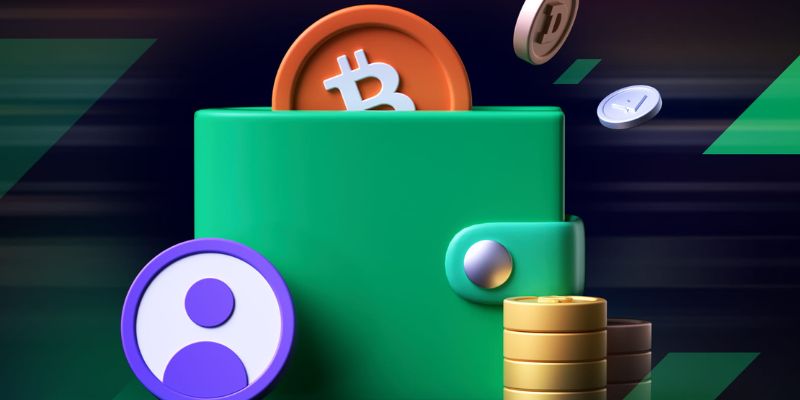
Before picking a wallet, check for:
- What kind of security it has.
- How reputable the brand is.
- If it fits with how you’ll use your crypto.
For beginners, ease of use is huge. You want a wallet that’s simple but also has those strong locks on it. Look at user reviews of crypto wallets. They tell you what’s working well and what’s not. After all, good advice is often found in the lessons learned by others.
Choose your wallet wisely. It’s the key to your crypto kingdom. It’s more than just a place to store digital coins. It’s a fortress that guards your future ventures in the exciting world of cryptocurrency.
Essential Security Features to Look For
The Importance of Multi-Factor Authentication
When picking a secure digital wallet, one key feature stands out: multi-factor authentication (MFA). MFA is a must. It adds extra steps to check who you are. Think of it like having a secret handshake. If someone doesn’t know it, they can’t get in. Now, let’s dig deeper into why MFA makes wallets safer.
MFA combines things you know, have, and are. This could be a password, a mobile device, and your fingerprint. It’s like a club that only lets you in if you know the password, have the VIP pass, and wear the secret pin. This combo stops unwanted guests.
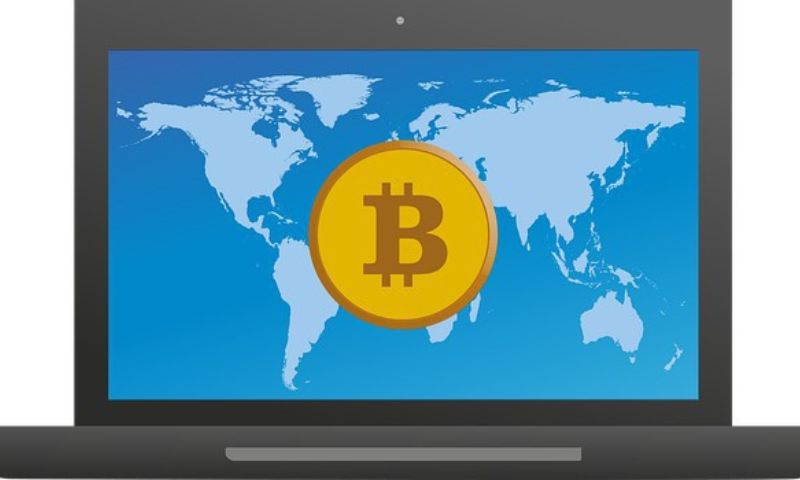
Importance and Methods of Private Key Protection
Now, let’s talk about keeping your private key safe. Your private key is like the master key to your digital riches. Lose it, and you could lose your crypto. So we keep it under lock and key.
To guard your private key, use a strong password. Mix in letters, numbers, and symbols. This makes your key hard to guess, like a puzzle with missing pieces. Also, write down your key and keep it somewhere safe. This is your backup in case you forget or lose it. However, never share it. If others know it, they can open your crypto treasure chest.
Paper wallets are simple but powerful. They are pieces of paper with your private keys printed on them. No one can hack paper, right? Well, as long as it doesn’t get lost or damaged.
Cold wallets are cool too. They’re like vaults for your crypto. They aren’t connected to the internet, so hackers can’t touch them. Think of them as secret underground bunkers for your digital gold. But you also need to protect them from physical damage or loss.
Remember, your crypto’s safety starts with you. Choose wallets that prioritize these security features. They are your fortress in the wild world of cryptocurrency.
Setting Up Your First Digital Wallet
Step-by-Step Process for Setting Up a Wallet
Choosing a secure digital wallet is key. It’s like picking a safe for your gold. Let’s start with a secure wallet setup. Here’s how to kick things off:
- Pick a wallet. Think about what fits your life. Will you be on the go? Maybe a mobile wallet is best. Need tight security? Go for a hardware wallet. You can compare the pros and cons of each here.
- Download it. Whether it’s an app or software, get it from a trustworthy place. Double-check the website or store for scams.
- Set it up. Follow the steps the wallet gives you. Make a strong password! Like, really strong. Use numbers, letters, and symbols.
- Backup your wallet. You’ll get a seed phrase. Write it down and store it safe. It’s the key to your coins if things go south.
- Keep your private key private. It’s as important as your seed phrase. Never share it with anyone.
- Test your wallet. Send a small amount of crypto first. See if it arrives safe and sound. Then you can go bigger.
- Update when needed. Wallets need updates for better security. Don’t ignore these. It’s like keeping your safe’s lock top-notch.
Remember, storing cryptocurrencies safely starts with your actions. Can’t rush security!
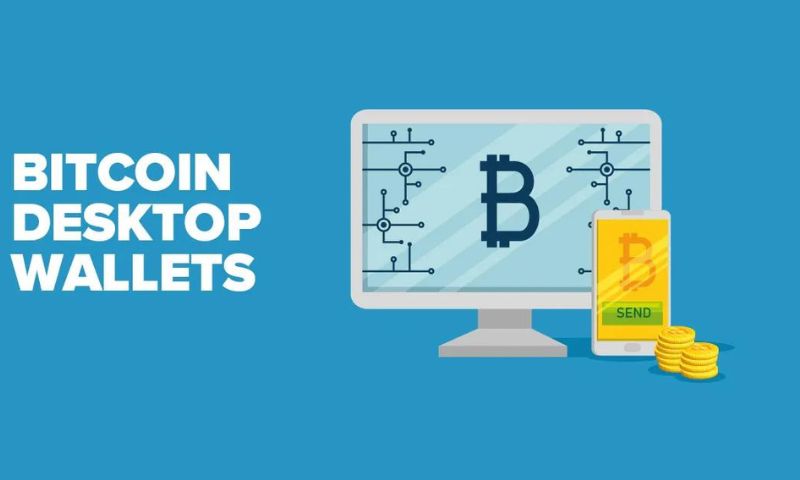
Understanding Backup and Recovery Options
Every wallet needs a backup. It’s your fail-safe. Without it, you can lose all your cryptos with one mishap. Imagine your phone takes a swim or you forget a password. With a backup, you’re safe.
Most times, a seed phrase is your backup. It’s a list of words given when you set up your wallet. Write them down. Store it where fire or water can’t touch it. A lockbox can be a solid choice.
For recovery, use your seed phrase. Enter it into a new wallet if yours gets lost or broken. It’s that simple and even a newbie can do it.
Backups come in different forms. You might see USB drives or even paper as options. Pick what makes sense for your situation. Just make sure it’s something you can access but others can’t.
Your seed phrase, like your health, is precious. Treat it with care. Never share it online or with strangers. Keep it offline. It’s like the master key to your digital treasure chest.
For peace of mind, find wallets that focus on backup features. Good wallets remind you to update and test backups. This keeps your cryptos safe as they can be.
Remember the basics: keep your backup locked down, your private key secret, and use multi-factor authentication. These steps can save you a lot of trouble.
Choosing a wallet and backing it up isn’t as hard as it looks, even for a beginner. Take it step by step, and you’ll be a pro at it in no time!
Maintaining and Managing Wallet Security
Best Practices for Offline Storage and Cold Wallets
Storing cryptocurrencies safely means keeping them away from online dangers. This is where cold wallets shine. They are like secret vaults, keeping your digital cash offline. Cold wallets can be hardware devices or even paper. They have no link to the internet, thus hackers can’t reach them. Look for best cold storage wallets with good reviews and proven safety records.
One must be extra careful with the wallet’s keys—think of them as the keys to your safe. If they get lost, so do your cryptocurrencies. Store these keys somewhere only you can access. Use safe spots like bank lockers or a hidden safe at home. Tell someone you trust where they are, just in case.
Hardware wallet vs. software wallet is another choice you’ll face. Hardware wallets cost money but provide top security. Software wallets are free and user-friendly but risk online threats. Both have their place, use them wisely to keep your crypto assets secure.
Deciphering User Reviews and Credibility of Wallet Providers
Finding a reliable crypto wallet starts with reading user opinions. Look for wallet providers who get good marks for safety and support. Happy users often share stories about easy use and fast help from the team. Watch out for red flags like lost funds or unanswered calls for help.
It’s crucial to understand wallet encryption methods. A secure digital wallet uses strong codes to guard your cash. Simple passwords won’t do; always go for wallets that offer complex encryption.
Reputable cryptocurrency wallet brands have a history to show. They’ve been tested by many users and have kept their currencies safe over time. A good brand is like a trusted friend; it won’t let you down when things get rough.
To wrap it up, here’s what you should remember as a beginner:
- Choose cold storage for long-term safety.
- Always know where your wallet keys are, and keep them secret.
- Balance the ease of a software wallet with the safety of a hardware wallet.
- Read what others say, but also check the provider’s track record yourself.
- Opt for wallets that use strong encryption to protect your cash.
Secure your wallet like it’s a treasure chest. It holds your digital gold, and it’s worth the care.
In this post, we’ve explored the nuts and bolts of cryptocurrency wallets. We discussed hardware and software wallets, and why cold storage keeps your digital cash safe. Multi-factor authentication and protecting your private key are crucial for security. I walked you through setting up a digital wallet, highlighting backup and recovery essentials. Finally, we talked about managing wallet security like pros do — with smart offline storage and by checking wallet providers’ reputations.
Remember, your digital coins’ safety is in your hands. Pick the right wallet, set up strong security, and keep up with best practices. This way you ensure your crypto journey is as secure as it can be. Stay safe and keep learning!
Q&A :
What factors should beginners consider when choosing a secure crypto wallet?
When starting with cryptocurrencies, selecting a secure wallet is crucial to ensure your digital assets are well protected. Beginners should look for wallets with robust security features such as two-factor authentication (2FA), multi-signature support, and regular updates from the developers. It’s also important to consider the type of wallet (hardware, software, paper) based on how often you plan to access and use your cryptocurrencies. Additionally, look for wallets with an intuitive user interface, positive community feedback, and proactive customer support.
Are hardware wallets safer than software wallets for beginners?
Hardware wallets are widely regarded as safer than software wallets because they store private keys offline on a physical device, making them less susceptible to online hacking attempts, malware, and phishing scams. For beginners who might not be as tech-savvy or familiar with security best practices, hardware wallets offer an extra layer of security; however, they can also be costlier and slightly less convenient for frequent trading or transactions.
What is the significance of backup & recovery options in crypto wallets for beginners?
Backup and recovery options are essential for recovering your assets in case of wallet loss, theft, or technical failure. Beginners should opt for crypto wallets that provide straightforward backup mechanisms, such as seed phrases or recovery phrases, which can restore wallet contents to a new device if necessary. It’s important for users to keep this information in a secure and private place to prevent unauthorized access.
Can a beginner use a multi-currency wallet, and what are its advantages?
Yes, beginners can use multi-currency wallets. These wallets allow the storage and management of multiple types of cryptocurrencies in one place, offering convenience and ease of use. Beginners benefit from the simplicity of maintaining a diverse portfolio without needing to manage separate wallets for each currency. When choosing a multi-currency wallet, ensure it supports the specific cryptocurrencies you’re interested in and has a strong security track record.
How can beginners check the credibility and security of a crypto wallet?
Beginners should research and validate the wallet’s credibility by looking for reviews, user testimonials, and security audits from reputable sources. Additionally, checking if the wallet’s code is open-source and has been scrutinized by the community can be a good indicator of its security. It’s also advisable to confirm the wallet’s history regarding any security breaches and how they were resolved. Forums and social media channels related to cryptocurrencies are often good places to gather firsthand user experiences and information.

